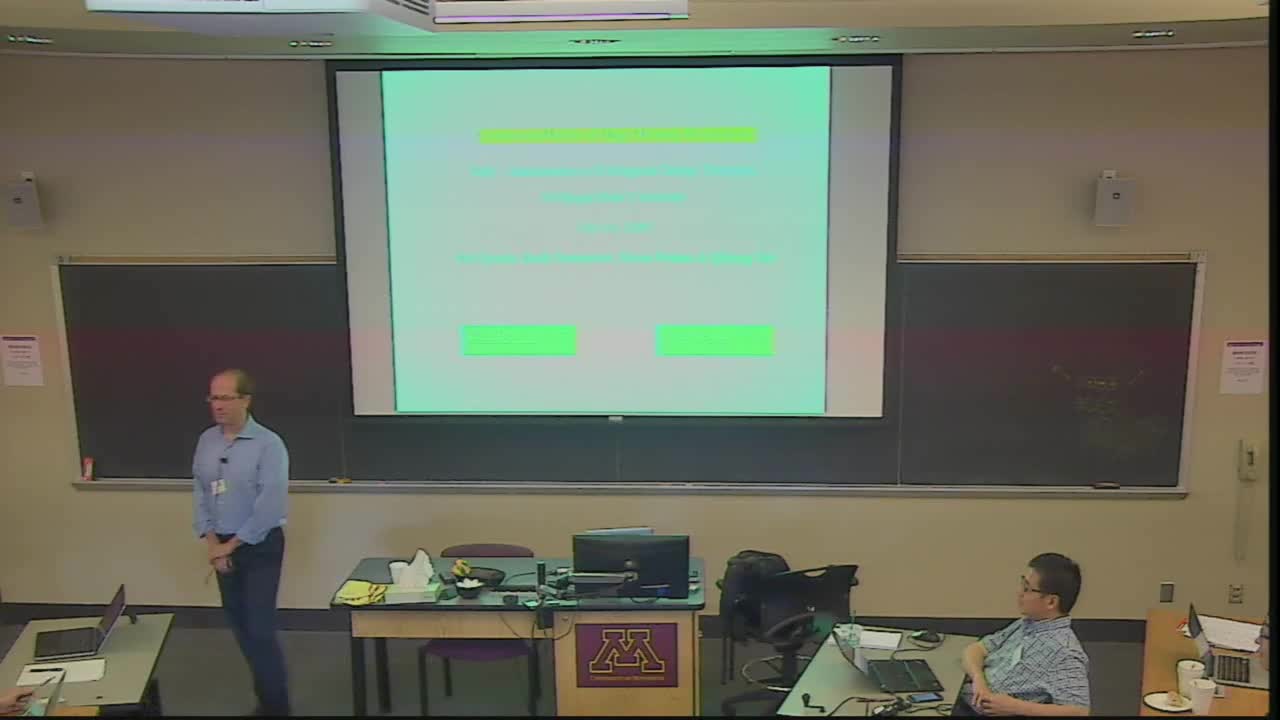Continuum Models for High Molarity Electrolyte Solutions
Presenter
July 20, 2015
Keywords:
- Continuum models
MSC:
- 82B21
Abstract
Differential capacitance data is one of the most widely used experimental quantities for characterizing the structure of electrolyte solutions near charged interfaces. Many studies have attempted to fit differential capacitance data to generalized Poisson-Boltzmann models, particularly to account for finite-volume, ion-crowding effects. We consider the inverse problem: the derivation of generalized Poisson-Boltzmann type free energies from prescribed differential capacitance data. The method is applied to differential capacitance data obtained from experiments and from theoretical models typically found in the literature. In particular, we show that differential capacitance data can not uniquely determine finite volume effects, and provide examples for models which give rise to the same differential capacitance data but characterize solutions with very different qualitative features. Further, we show that uniqueness within the class of generalized Poisson-Boltzmann free energies requires knowledge of the excess chemical potential of the system in the bulk (spatially uniform) state. We discuss applications of the derived free energies to models of pore formation within ionomer membranes.
